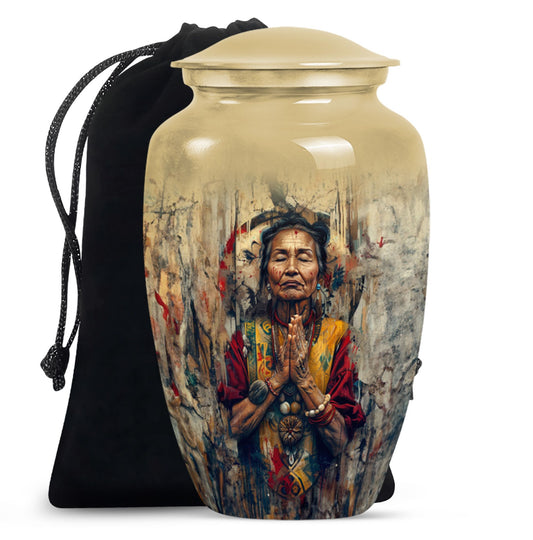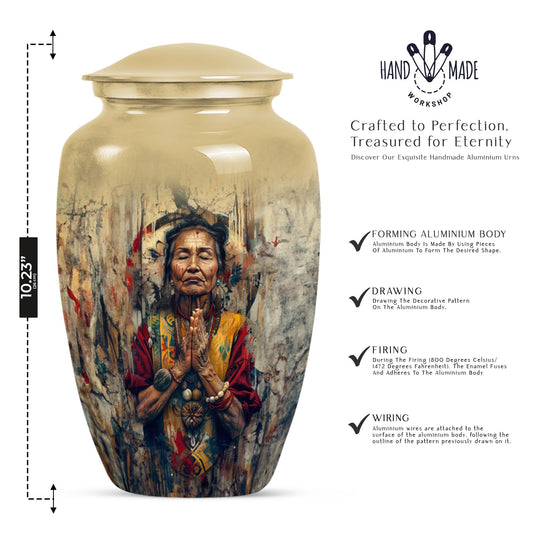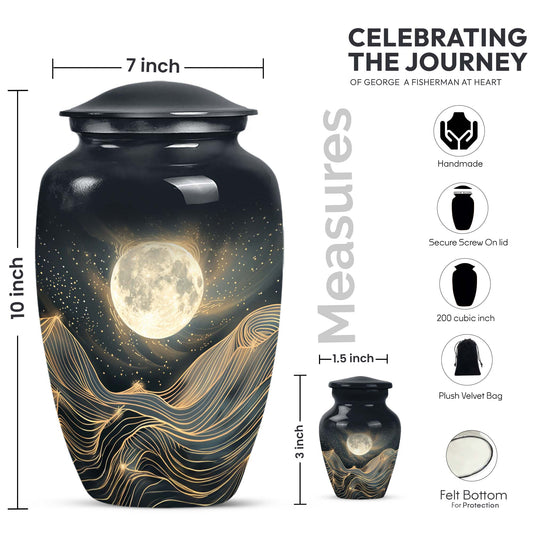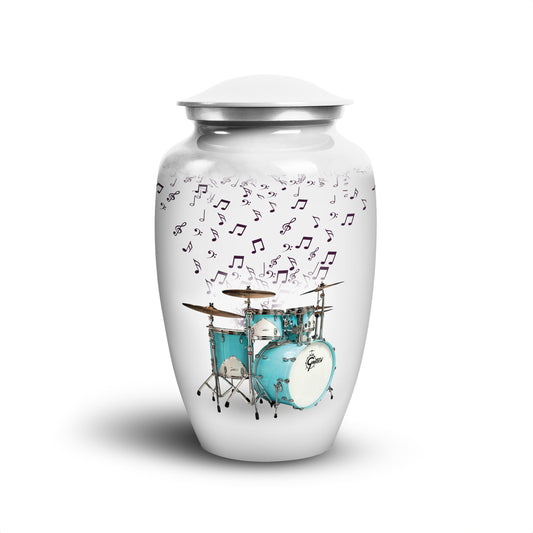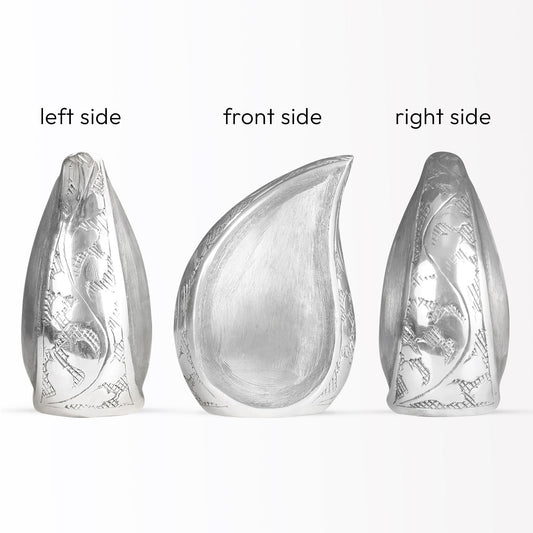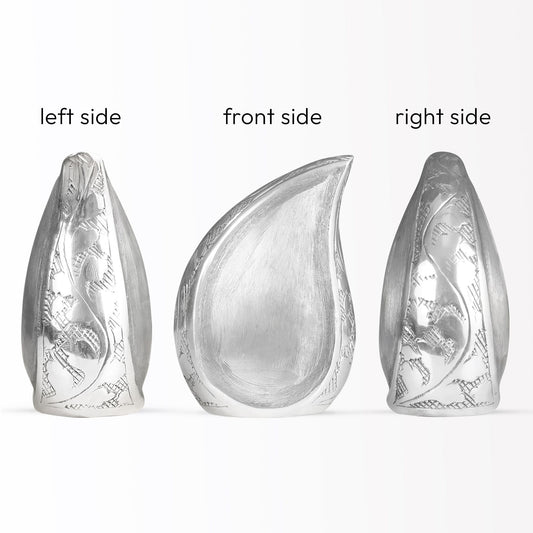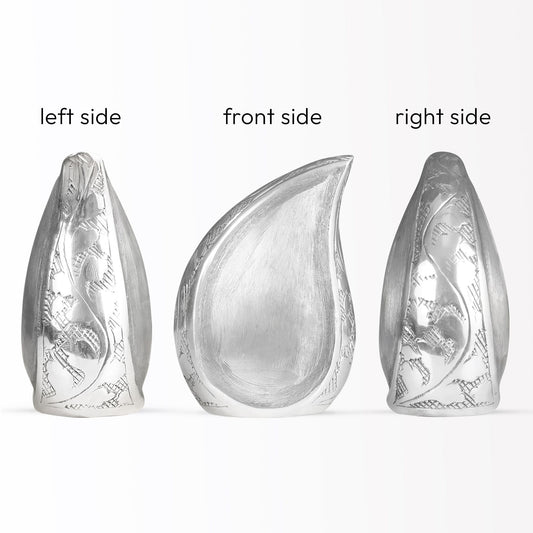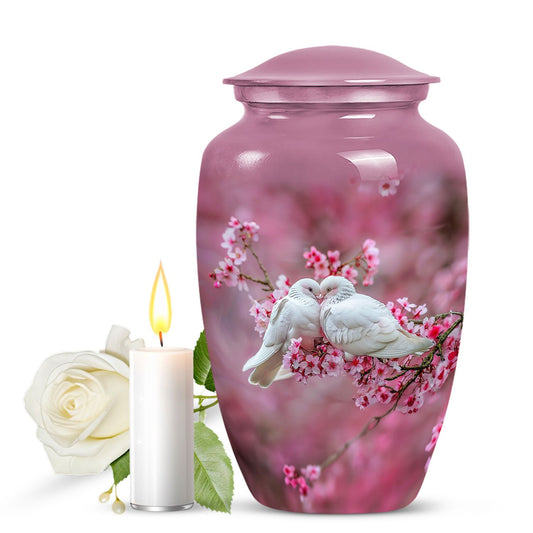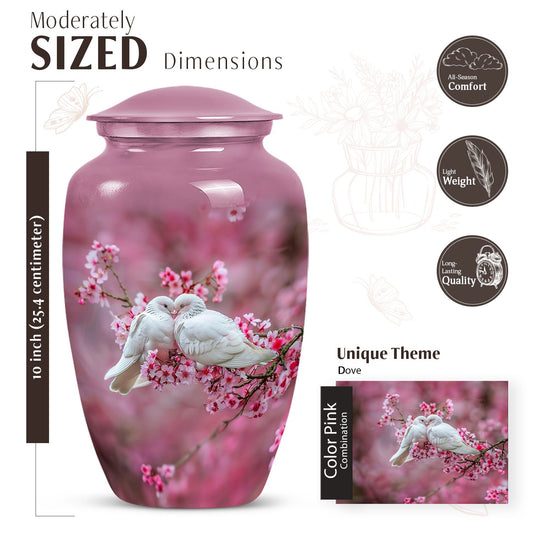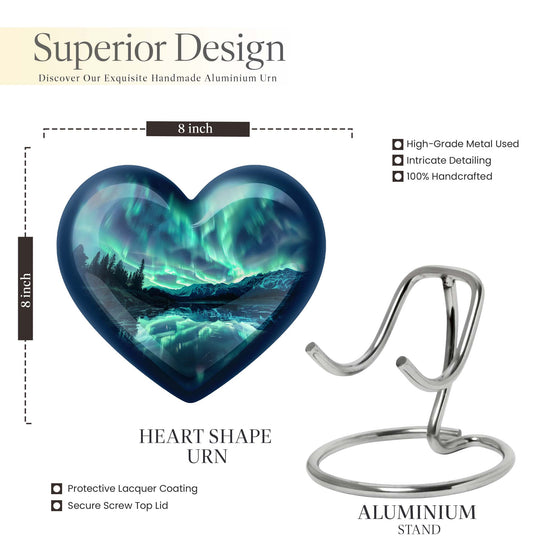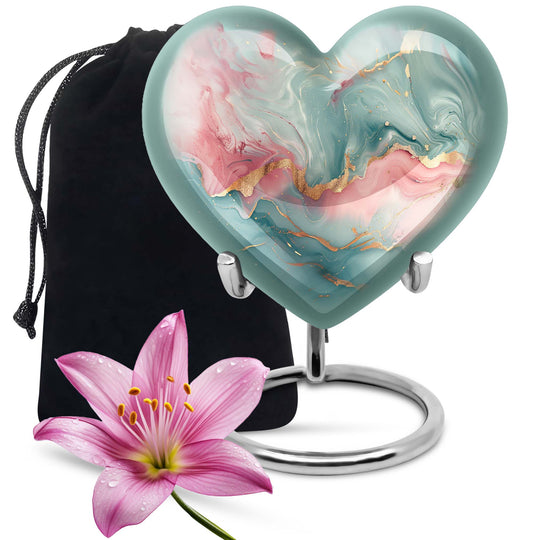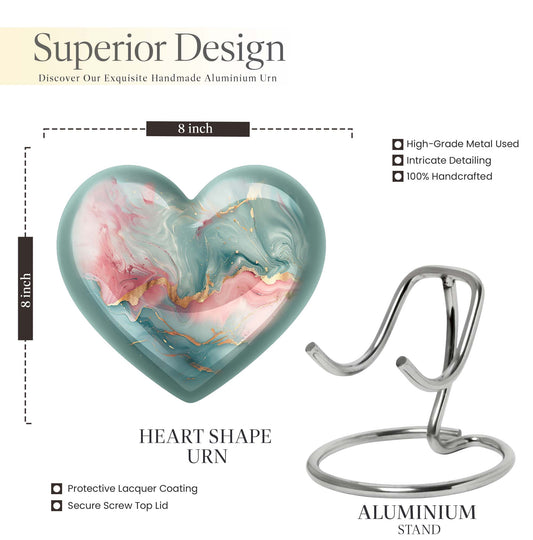Popular Urns
How To Handle The Ashes After Cremation?

Handling of ashes after cremation is a sensitive issue, hence calls for thoughtful and respectful consideration. With knowledge of the process that will guide the families through it, they are able to accord dignity to their loved one while offering an effective means of coping with their pain at losing a loved one.
Some key pieces of advice on collecting ashes after cremation
First and foremost, rest assured that there is a right time for this process. In general, the ashes can be gathered a few hours after the cremation process is completed; this usually takes a few hours to couple of days depending on the policies of the funeral house.
It would be wise for you to communicate with the crematorium or funeral director regarding their specific timelines. This will enable you to make the necessary arrangement to collect the ashes when it is most convenient and peaceful and respectful.
At the time of taking the ashes home, you could consider what you would want in the container. Most crematories offer a temporary urn for the ashes, but many families prefer to move them into a more personal or permanent urn. Paying tribute to the deceased by using an urn that reflects the personality or interest of the deceased makes it very meaningful.
There will be choices to be made with regard to materials, size, and design that should be utilized; whether it is to be fixed in an open view, soiled or housed. It has to fit your needs.

Handling ashes is more of an emotional issue. You should honor this time. Ashes can resemble a coarse powder and come in varying colors and textures, depending upon the cremation and the person. You can transfer the ashes from one container to another, handling them gently; you can also request that someone close to you, a friend or member of your family, be present.
Another person's presence at the moment can make the heavy emotional load of this process somewhat easier to undergo.
Consider also how you would like to remember your loved one with the ashes. Most families wish to keep the ashes inside the urn, but there are really many other ways that can be creative in memorialization.
For example, a person may wish to scatter the ashes in a place which perhaps they have always wanted to visit. Maybe it could be their favorite park or beach. Other individuals may wish the ashes to be put in jewelry or even a piece of art. This can be finalized and something to celebrate their life if planned ahead.

There are also legal issues that have to be taken into account. While in most states, families can choose whether to bury or scatter the ashes, it is still necessary to adhere to the law of the place about cremation and scattering of the remains since, in some areas, laws dictate where, and more so how ash is scattered within public confines. The latter will not be necessary if permission is sought from the owners of land or where adherence to loco parentis directives is followed.
Finally, think of how you might take this experience to the loved ones. Collected and memorialized ashes can form a basis to share collective grieving and reflection. Whether it is a small ceremony or an informal gathering, engaging the loved ones often heals the bereaved and binds them together. The stories and memories shared in this way will make the process much richer, creating a safe place for everyone involved.
Hence, ash preparation from the cremation of a body is a grief act with passion and meaning. All those steps-the right time for ashes collection, the right container to be used for holding the ashes, care over the ashes themselves, some ways of a memorialization of the deceased person, especially with compliance to legal regulations if necessary, and the whole process shared with others-make this painful process accessible for the family. Ultimately, it is a form of paying homage to life and seeking comfort in mutual memory.
ALSO READ:















